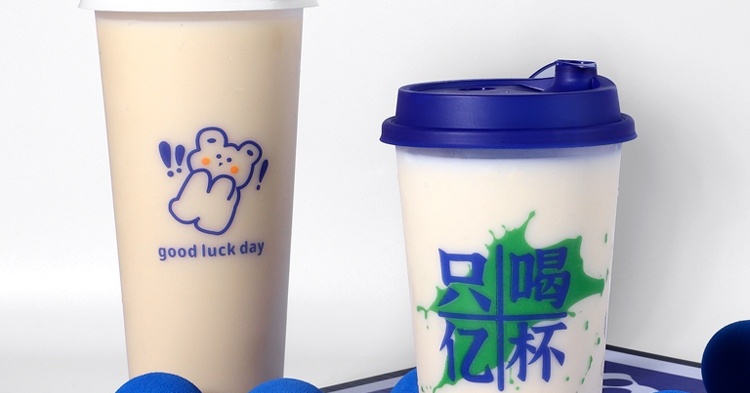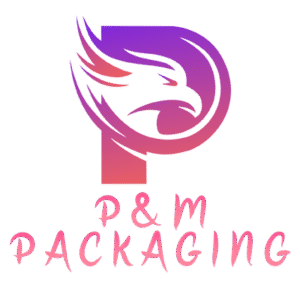IMlcustomcup is here today to chat with you about PP materials for milk tea cups, and the relevant content is for reference.
PP is the abbreviation of Polypropylene, commonly known as pleated glue. PP (polypropylene) is produced by catalytic polymerization of propylene monomers using Ziegler-Natta catalysts. It is a crystalline isotactic polymer with regular molecular chains. PP (polypropylene) can be divided into isotactic PP (polypropylene) and random PP (polypropylene) according to its crystallinity. Isotactic polypropylene is a highly crystalline thermoplastic resin with a crystallinity of over 95% and a molecular weight of 8- Between 150,000; Atactic polypropylene is a non-crystalline, slightly viscous white waxy substance at room temperature, with a low molecular weight of 3000-10000, irregular structure and lack of cohesion, so it is rarely used.

The commonly used PP raw material is isotactic polypropylene. Polypropylene is a high polymer. The monomer is propylene CH2=CH-CH3. Polypropylene is obtained through addition polymerization. The chemical formula can be expressed as (C3H6)n, and the simplified structural formula can be expressed as (-CH2-CH(CH3) -)n. The molecular structure of PP is a typical main body regular structure, which is a crystalline polymer.
PP is a semi-crystalline material. It is harder and has a higher melting point than PE. Because the homopolymer PP temperature is very brittle above 0C, many commercial PP materials are random copolymers with 1 to 4% ethylene or block copolymers with higher ethylene content. Copolymer PP materials have a low heat distortion temperature (100℃), low transparency, low gloss, and low rigidity, but have stronger impact strength. The strength of PP increases with the increase of ethylene content.
The Vicat softening temperature of PP is 150°C. Due to the high degree of crystallinity, this material has very good surface stiffness and scratch resistance properties. PP does not have environmental stress cracking problems. Usually, PP is modified by adding glass fibers, metal additives or thermoplastic rubber. The flow rate MFR of PP ranges from 1 to 40. PP materials with low MFR have better impact resistance but lower elongation strength. For materials with the same MFR, the strength of the copolymer type is higher than that of the homopolymer type.
The shrinkage rate of PP is quite high, generally 1.8~2.5%. And the direction uniformity of shrinkage is much better than that of PE-HD and other materials. Adding 30% glass additive can reduce the shrinkage to 0.7%. Both homopolymer and copolymer PP materials have excellent moisture absorption resistance, acid and alkali corrosion resistance, and solubility resistance. However, it has no resistance to aromatic hydrocarbon (such as benzene) solvents, chlorinated hydrocarbon (carbon tetrachloride) solvents, etc. PP is also not as resistant to oxidation at high temperatures as PE.


